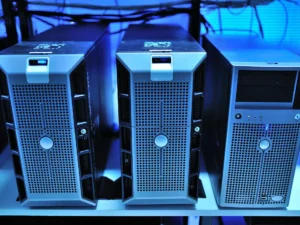Computers
External Image Generation, Flight Simulation, Avionics
Audio & Speakers
Rather than use the TV display speakers, this simulator uses two dedicated speaker systems, each…
Ethernet Network Setup
A robust Ethernet network, with internet connectivity, is required for the flight simulator for simulator…
Secondary Computer – Specs & Config
A secondary computer is primarily responsible for running a suite of aircraft simulator applications that…
Main Computer – Specs & Config
The main sim computer is used for two core simulator functions: the base simulator software…
How Many Computers Are Needed?
Most flight simulates require two computers for adequate performance and fidelity. More than two computers…





